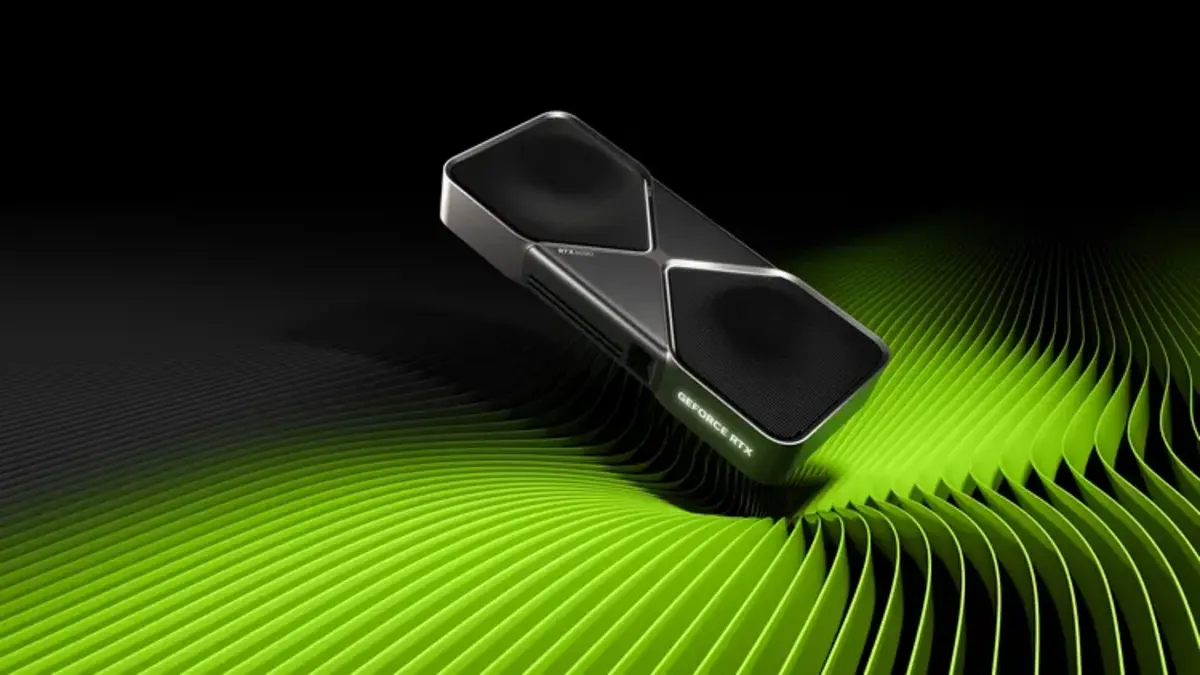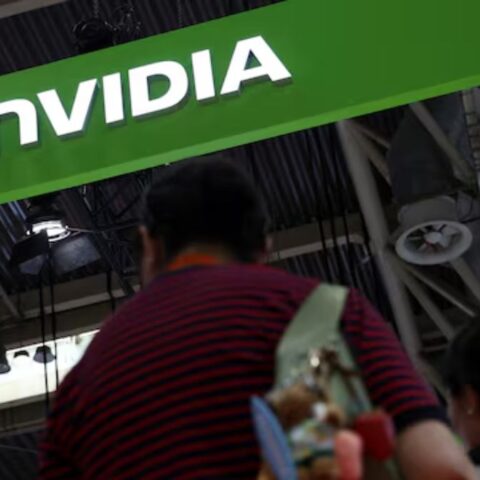Nvidia has announced a major upgrade to its Deep Learning Super Sampling (DLSS) technology with the introduction of DLSS 4.
This new version brings Multi Frame Generation capabilities, which can generate up to three additional frames per traditionally rendered frame.
This feature, available on the new RTX 50 Series GPUs, is designed to increase frame rates by up to 8X compared to traditional rendering, making 4K 240fps gaming with full ray tracing possible.
AI-Powered Transformer Models for Enhanced Graphics
In addition to Multi Frame Generation, Nvidia is integrating transformer AI models, the same technology used in tools like ChatGPT and Gemini, into DLSS.
This new AI model is faster, using 40% less VRAM and offering clearer visuals with less ghosting, more detail, and increased stability.
The transformer models will be available on all GeForce RTX GPUs, and they will support DLSS games with Ray Reconstruction, Super Resolution, and DLAA.
Improved Performance and Latency Reduction
Nvidia claims that the new frame generation model is 40% faster and 30% more efficient than its predecessor. The new technology promises clearer graphics with less ghosting and more detail.
Additionally, Nvidia introduced Reflex 2 with Frame Warp technology, which can reduce latency by up to 75%. This technology calculates the camera position for the next frame based on user input, ensuring smoother and more responsive gameplay.
Games Supporting DLSS 4 Features
When the RTX 50 Series GPUs launch at the end of January, 75 games and apps will support Multi Frame Generation, including titles like Alan Wake 2, Cyberpunk 2077, Indiana Jones and the Great Circle, and Star Wars Outlaws. Over 50 games will also support the new transformer-based DLSS features on all GeForce RTX hardware.
DLSS Override for Older Games
For games that don’t immediately support the new features, Nvidia’s updated drivers and app will allow users to force Multi Frame Generation on RTX 50 Series GPUs.
This will enable the latest DLSS models and Super Resolution rendering for games that already support DLSS.












